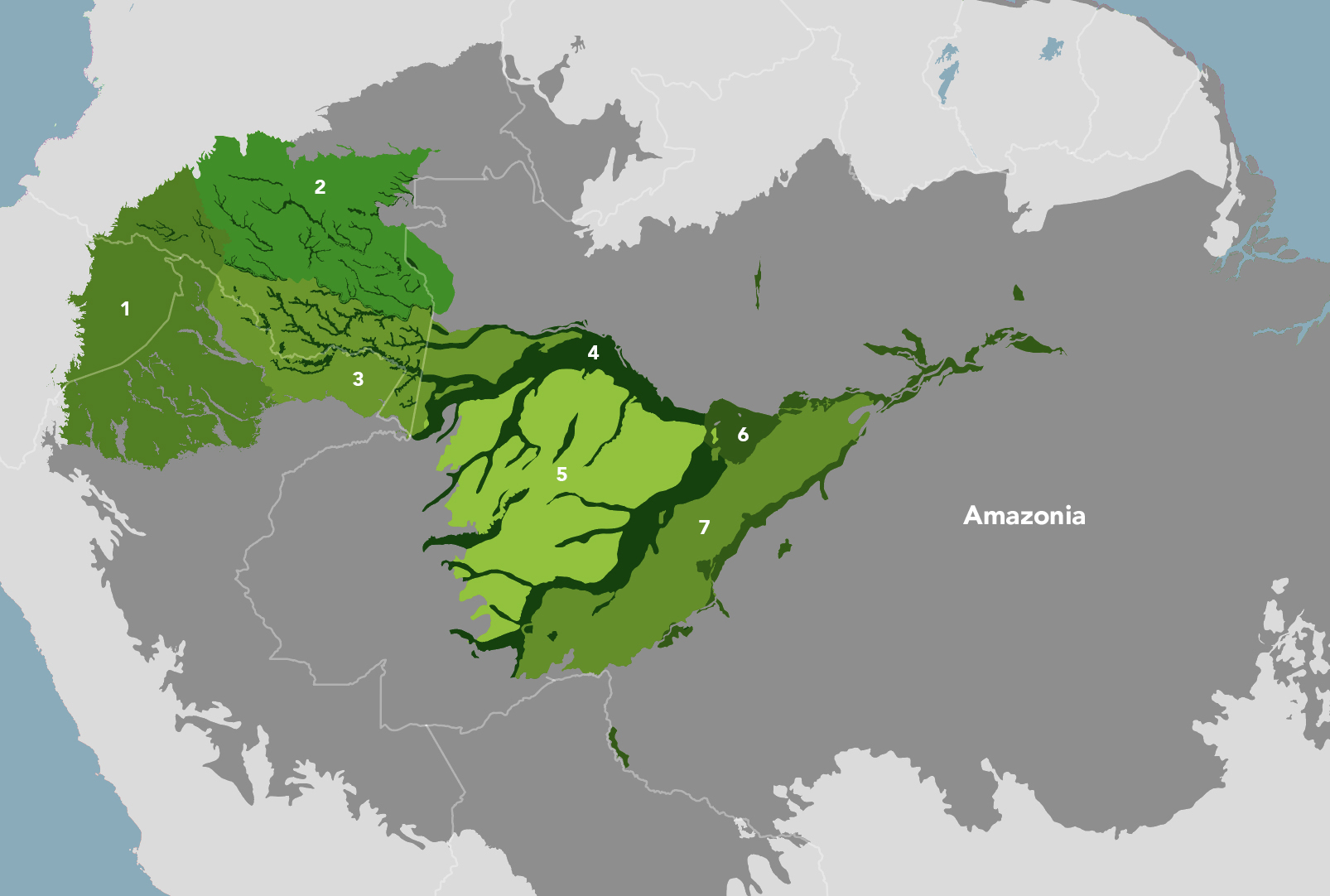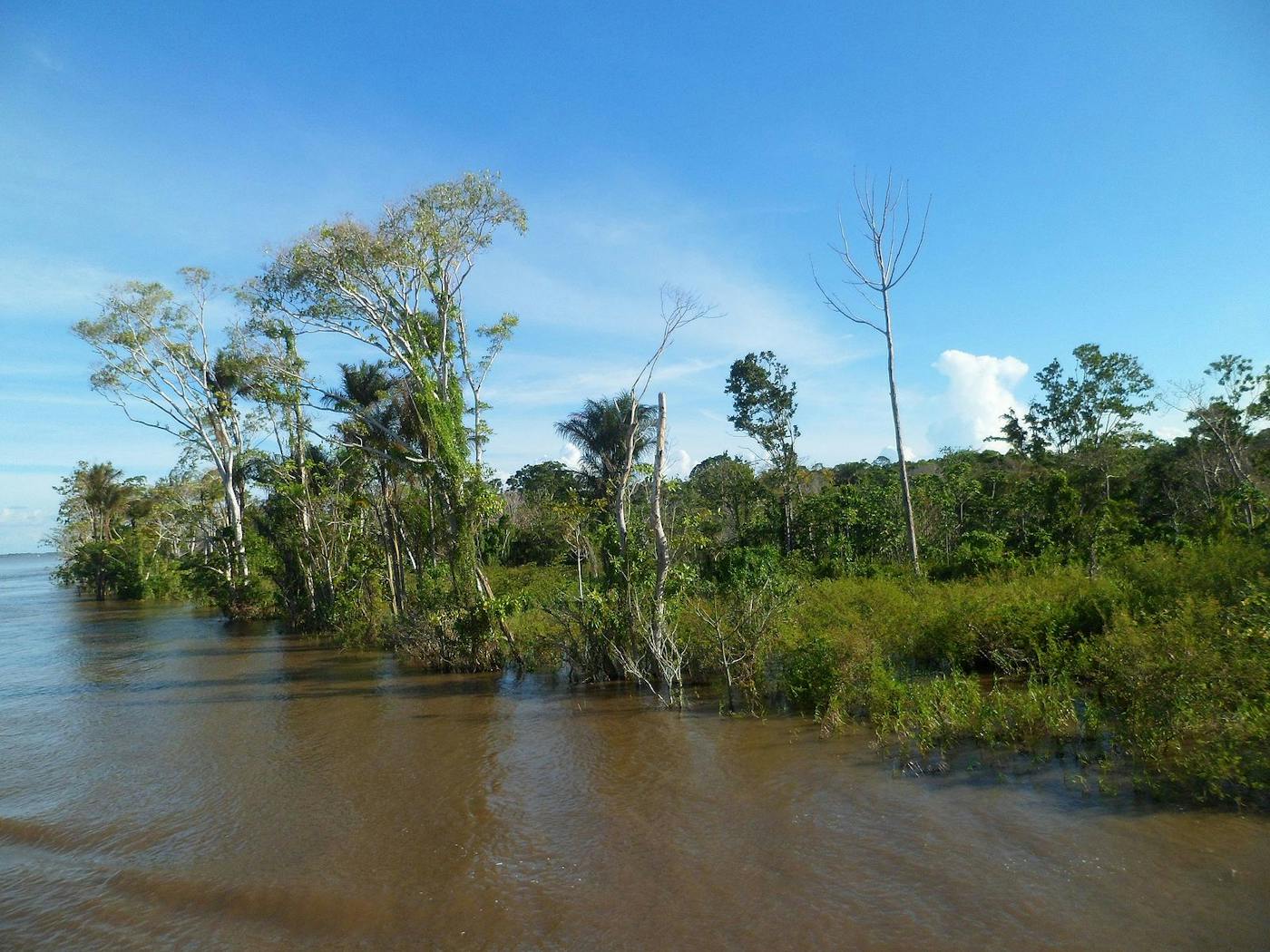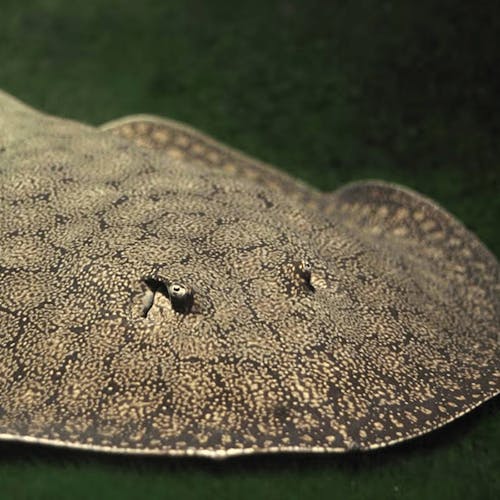Central Amazonian Forests bioregion
The bioregion’s land area is provided in units of 1,000 hectares. The conservation target is the combined Global Safety Net (GSN1) areas for the component ecoregions. The protection level indicates the percentage of the GSN goal that is currently protected on a scale of 0-10. N/A means data is not available at this time.
The Central Amazonian forests bioregion, located in the Southern America (Neotropical) realm, contains the central mainstem of the Amazon River and includes three major tributaries—the Japurá in the north and the Madeira and Purus in the south—forming what some call the “heart” of the Amazon. This bioregion is divided into eastern and western halves with seven ecoregions—Caqueta Moist Forests (446), Juruá-Purus Moist Forests (474), Monte Alegre Várzea (482), Napo Moist Forests (483), Purus Varzea (496), Purus-Madeira Moist Forests (497), Solimões-Japurá Moist Forests (503)—unified by the seasonally flooded forests that line its rivers and streams, extending to the foot of the Andes Mountains in the north. It also includes many lakes formed at the junction of the Amazon River and its major tributaries. The total area of this bioregion is nearly 127 million hectares.

The Central Amazonian Forests bioregion is part of the Amazonia subrealm and is made up of seven ecoregions: (1) Napo Moist Forests (2) Caqueta Moist Forests (3) Solimões-Japurá Moist Forests (4) Purus Varzea (5) Juruá-Purus Moist Forests (6) Monte Alegre Várzea (7) Purus-Madeira Moist Forests.
Learn more about each of the Central Amazonian Forests ecoregions below.

Explore the Bioregions
Want to learn more about the fascinating species, diverse ecosystems, and natural wonders of the Earth? Click the button below to launch One Earth's interactive navigator and discover your Bioregion!
LAUNCH NAVIGATOR



